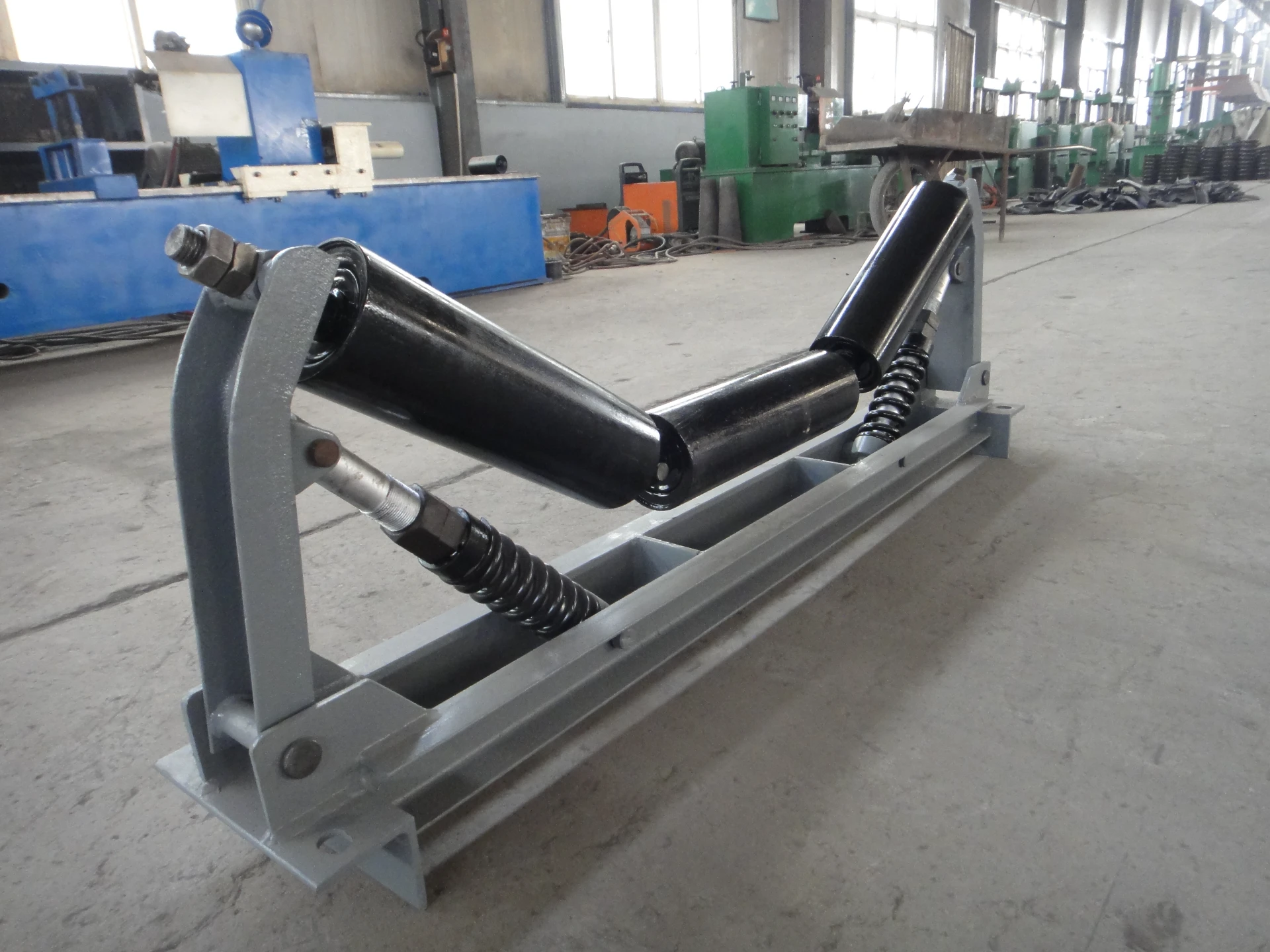 Afrikaans
Afrikaans  Albanian
Albanian  Amharic
Amharic  Arabic
Arabic  Armenian
Armenian  Azerbaijani
Azerbaijani  Basque
Basque  Belarusian
Belarusian  Bengali
Bengali  Bosnian
Bosnian  Bulgarian
Bulgarian  Catalan
Catalan  Cebuano
Cebuano  Corsican
Corsican  Croatian
Croatian  Czech
Czech  Danish
Danish  Dutch
Dutch  English
English  Esperanto
Esperanto  Estonian
Estonian  Finnish
Finnish  French
French  Frisian
Frisian  Galician
Galician  Georgian
Georgian  German
German  Greek
Greek  Gujarati
Gujarati  Haitian Creole
Haitian Creole  hausa
hausa  hawaiian
hawaiian  Hebrew
Hebrew  Hindi
Hindi  Miao
Miao  Hungarian
Hungarian  Icelandic
Icelandic  igbo
igbo  Indonesian
Indonesian  irish
irish  Italian
Italian  Japanese
Japanese  Javanese
Javanese  Kannada
Kannada  kazakh
kazakh  Khmer
Khmer  Rwandese
Rwandese  Korean
Korean  Kurdish
Kurdish  Kyrgyz
Kyrgyz  Lao
Lao  Latin
Latin  Latvian
Latvian  Lithuanian
Lithuanian  Luxembourgish
Luxembourgish  Macedonian
Macedonian  Malgashi
Malgashi  Malay
Malay  Malayalam
Malayalam  Maltese
Maltese  Maori
Maori  Marathi
Marathi  Mongolian
Mongolian  Myanmar
Myanmar  Nepali
Nepali  Norwegian
Norwegian  Norwegian
Norwegian  Occitan
Occitan  Pashto
Pashto  Persian
Persian  Polish
Polish  Portuguese
Portuguese  Punjabi
Punjabi  Romanian
Romanian  Russian
Russian  Samoan
Samoan  Scottish Gaelic
Scottish Gaelic  Serbian
Serbian  Sesotho
Sesotho  Shona
Shona  Sindhi
Sindhi  Sinhala
Sinhala  Slovak
Slovak  Slovenian
Slovenian  Somali
Somali  Spanish
Spanish  Sundanese
Sundanese  Swahili
Swahili  Swedish
Swedish  Tagalog
Tagalog  Tajik
Tajik  Tamil
Tamil  Tatar
Tatar  Telugu
Telugu  Thai
Thai  Turkish
Turkish  Turkmen
Turkmen  Ukrainian
Ukrainian  Urdu
Urdu  Uighur
Uighur  Uzbek
Uzbek  Vietnamese
Vietnamese  Welsh
Welsh  Bantu
Bantu  Yiddish
Yiddish  Yoruba
Yoruba  Zulu
Zulu conveyor pulley lagging types
Conveyor Pulley Lagging Types A Comprehensive Overview
Conveyor systems are foundational components in various industries, enabling efficient movement of materials. One critical element in these systems is the conveyor pulley, which plays a vital role in driving the belt and supporting the load. To enhance the performance of conveyor pulleys, lagging is applied to improve traction and reduce wear. There are several types of conveyor pulley lagging, each suited for different applications and environments.
1. Rubber Lagging
Rubber lagging is one of the most common types used in conveyor systems. It is known for its excellent grip and durability, making it ideal for heavy-duty applications. Rubber provides a high coefficient of friction, which helps to prevent slippage between the pulley and conveyor belt. Additionally, rubber lagging can absorb shock and vibration, extending the life of both the pulley and the belt. This type of lagging is particularly effective in wet or oily environments, where slippage is more likely to occur.
2. Ceramic Lagging
Ceramic lagging is another effective option, particularly beneficial in harsh operating conditions. It consists of ceramic tiles that are bonded to the surface of the pulley. The hard ceramic material offers superior resistance to wear and tear, making it ideal for environments with high abrasion, such as mining or quarrying operations. Ceramic lagging not only improves traction but also significantly reduces belt wear, thus enhancing overall conveyor efficiency.
conveyor pulley lagging types

Polyurethane lagging is gaining popularity due to its lightweight and robust properties. It provides effective traction while being more resistant to cuts and gouges compared to rubber. This type of lagging is also less prone to degradation from UV exposure and weather elements, making it suitable for outdoor applications. Polyurethane lagging comes with the added advantage of being available in various hardness levels, catering to specific operational requirements.
4. Metal Lagging
For extreme environments, metal lagging is utilized. Typically made from high-strength steel or aluminum, metal lagging offers unparalleled durability and resistance to impact. This type of lagging is particularly advantageous in applications where materials are subject to heavy loads or harsh conditions. While it does provide excellent longevity and protection, metal lagging can be less forgiving regarding belt wear, which must be considered in its application.
5. Fabric Lagging
Fabric lagging incorporates a woven material, such as polyester or nylon, and is often used in specialized applications. This type of lagging is lightweight and provides good traction while being less expensive than rubber or ceramic options. It is suitable for non-abrasive materials and environments where lower load capacities are present. Fabric lagging is also easier to install and replace, making it a cost-effective choice for some operations.
Conclusion
Selecting the appropriate type of conveyor pulley lagging is crucial for optimizing performance and extending the life of both the pulley and the conveyor belt. Factors such as the materials being transported, environmental conditions, and operational demands should guide this decision. Understanding the different types of lagging—rubber, ceramic, polyurethane, metal, and fabric—allows businesses to tailor their conveyor systems to meet specific needs, ensuring efficiency and durability in their operations. As industries continue to evolve, the choice of lagging will play a vital role in enhancing productivity and reducing maintenance costs.
-
Trusted Conveyor Solutions from Leading Conveyor Idler Roller ManufacturersNewsJun.27,2025
-
Reliable Return Idler Solutions for Efficient Belt Conveyor SystemsNewsJun.27,2025
-
Precision Conveyor Accessories for Streamlined Material HandlingNewsJun.27,2025
-
High-Quality Belt Conveyor Idler Solutions for Efficient Material HandlingNewsJun.27,2025
-
High-Performance Belt Conveyor Pulleys for Reliable Material HandlingNewsJun.27,2025
-
Enhancing Material Handling EfficiencyNewsJun.27,2025





























